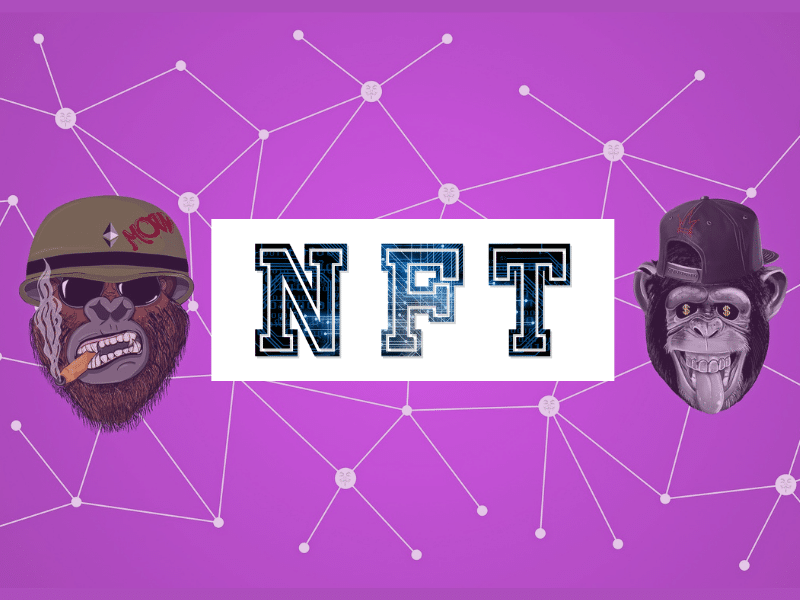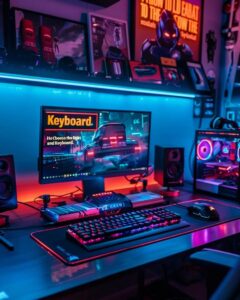One of the most talked-about trends in the crypto world is NFTs. NFT is trending because it offers a new way of thinking about digital assets. You may be wondering why a Nyan Cat meme sold for $600,000 or a simple tweet for $2.9 million? It is because it was sold as an NFT.
Many people say that NFT projects are the future of the collectible art industry and have the potential to change how we think about digital ownership. On the other hand, many people also think that it may be a digital bubble in the making with negative long-term effects on our environment.
So, what exactly are NFTs?
In this article, we will dive into what NFTs are, how NFTs work, what is the difference between NFTs and cryptocurrency, and examples of NFTs.
What is NFT?
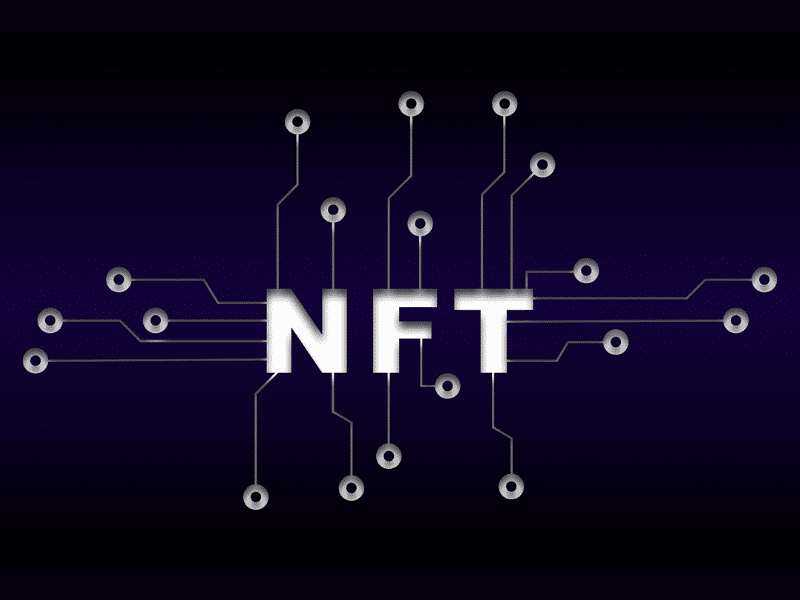
NFT stands for a non-fungible token, which is a token that represents a unique asset. Unlike traditional cryptocurrencies, NFTs are not interchangeable.
To understand more of this, we first need to understand the concept of “fungible.”
In basic terms, fungible assets are interchangeable and can be divided into smaller units. For example, if you have a dollar bill, you can exchange it for two quarters or four dimes. On the other hand, non-fungible assets are not interchangeable and cannot be divided into smaller units. For example, a piece of art like the Mona Lisa is a non-fungible asset because it cannot be divided into smaller pieces. There is only one Mona Lisa and it is not interchangeable with any other piece of art.
NFTs and Cryptocurrencies
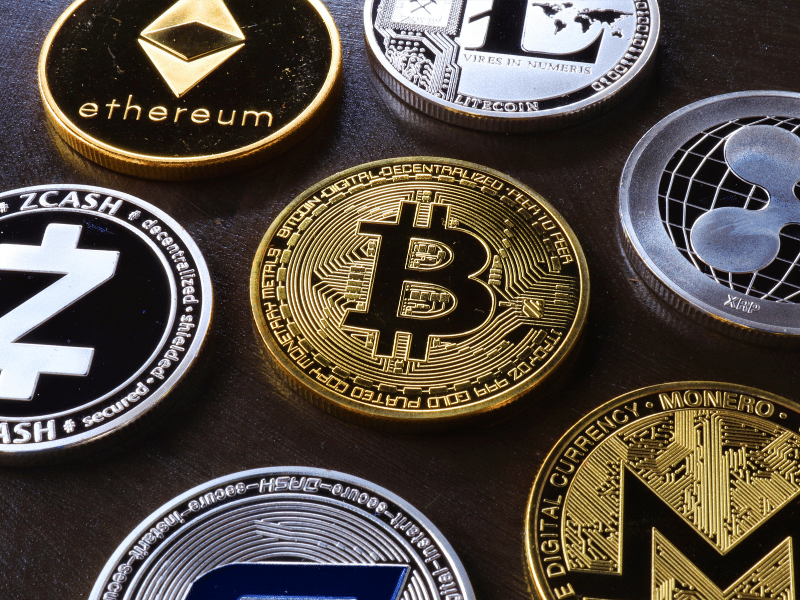
How is an NFT Different From Other Cryptocurrencies?
NFTs are different from cryptocurrency in a few key ways. Unlike cryptocurrency, which can be traded for other cryptocurrencies of equal value, NFTs are not interchangeable. For example, one Bitcoin (BTC) can be traded for another Bitcoin of equal value. NFTs, on the other hand, acts as digital signature that makes it impossible for them to be exchanged for or equal to one another, meaning each has its own value. For example, a piece of digital art that is sold as an NFT could be worth more or less than another NFT, depending on the popularity of the artist, the subject matter of the piece, and other factors.
Another key difference between NFTs and cryptocurrency is that NFTs represent real-world assets, while cryptocurrency does not. NFT has the potential to be used in a wide variety of applications, including digital art, gaming, and collectibles.
Ethereum and NFTs
There’s only one thing that NFTs need in order to exist: a blockchain. A blockchain is a digital ledger that keeps track of all NFT transactions. The most popular blockchain for NFTs is Ethereum, which is the same blockchain that is used for Ethereum (ETH), a cryptocurrency. NFTs are built on top of the Ethereum blockchain and use the ERC-721 standard. The ERC-721 standard was created in 2017 to allow developers to create and deploy their own non-fungible tokens on top of their blockchain.
Cryptokitties is the first widely recognized blockchain game that allows players to collect, breed, and trade digital cats. Each cat is an NFT that is stored on the Ethereum blockchain.
Since the launch of Cryptokitties in November 2017, there have been a number of other games and applications that have been built on top of the Ethereum blockchain that uses NFTs.
Examples of NFT
The scope for NFTs is vast, with a wide range of applications already being developed. Here are some of the most common examples of NFTs to give you an idea:
Digital Artwork
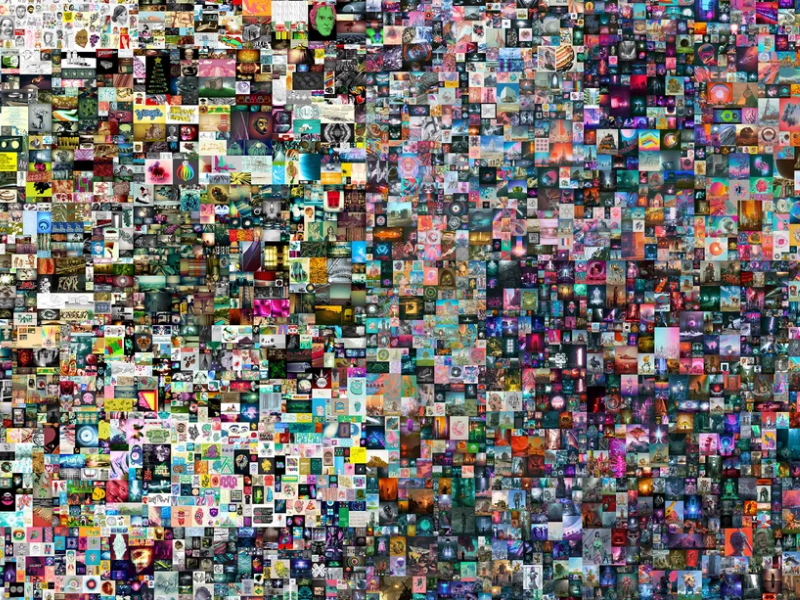
NFTs can be used to represent digital art. For example, the popular digital artist Beeple has sold his art Everydays – The First 5000 Days for $69.33 million.
Gaming
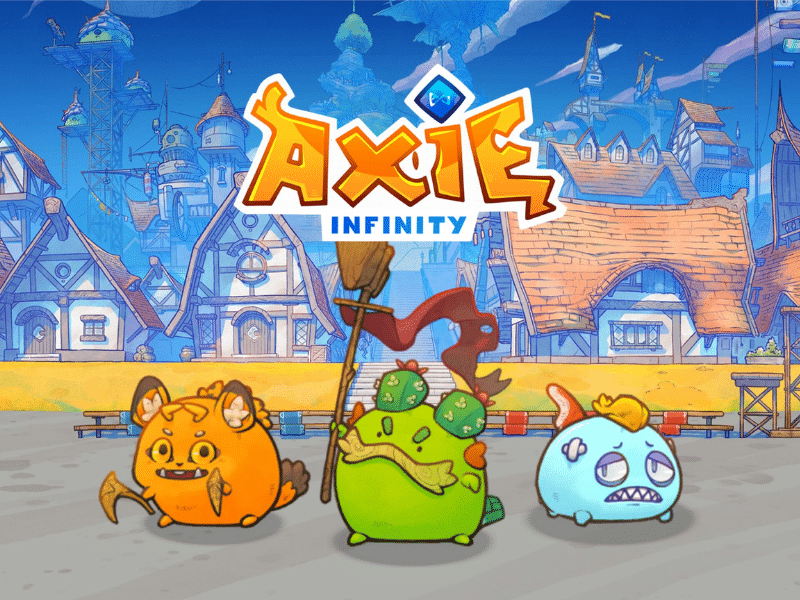
NFTs can be used in gaming to represent in-game items, like weapons or characters. For example, the game Axie Infinity allows players to collect, breed, and trade digital pets. Every Axie in this game is an NFT character as are the in-game accessories and products. Players can trade Axies for real money on the game’s marketplace and generate profit.
Read More: Best Play-to-Earn Games
Collectibles
NFTs can also be used to represent collectibles. The popular NFT platform OpenSea is home to a wide range of digital collectibles, including art, games, and even real-world assets like sports memorabilia.
Domain Names
NFTs can also be used to represent domain names. The NFT-based platform Unstoppable Domains allows users to buy, sell, and manage their domain names in a decentralized way. Users can connect their NFT domain names to their crypto wallets, making it easy to send and receive cryptocurrency.
How NFTs Work
Now that we know what NFTs are and some of the different ways they can be used, let’s take a closer look at how NFTs work.
As we mentioned before, NFTs are stored on a blockchain. This blockchain acts as a digital ledger that records transactions. Transactions are verified by computers in the network, and once verified, they are added to the blockchain. Basically, NFT creates a blockchain-based digital certificate or its own unique identifier for your collectibles. This identifier is used to track ownership and prevent counterfeiting. With that said, an NFT can only have one owner at a time.
Let’s have an example.
When you buy a digital item, let’s say a song on iTunes, do you own that song? In the traditional sense, no, you don’t. You are merely paying for the right to use that song.
With NFTs, however, you are actually purchasing the digital asset itself. So, if you buy an NFT version of a song, you own that song and no one can take it away from you.
In some cases, when you buy an NFT, other individuals may be able to make copies of the image, video, or digital item you possess. But, similar to buying a one-of-a-kind work of art or a limited-edition print, the original could be more valuable.
To top it all off, NFT helps content creators get compensated for their creations and at the same time helps them prove the authenticity of their work. Additionally, it also helps creators have a seamless way to sell digital art that might not have much of a market.

